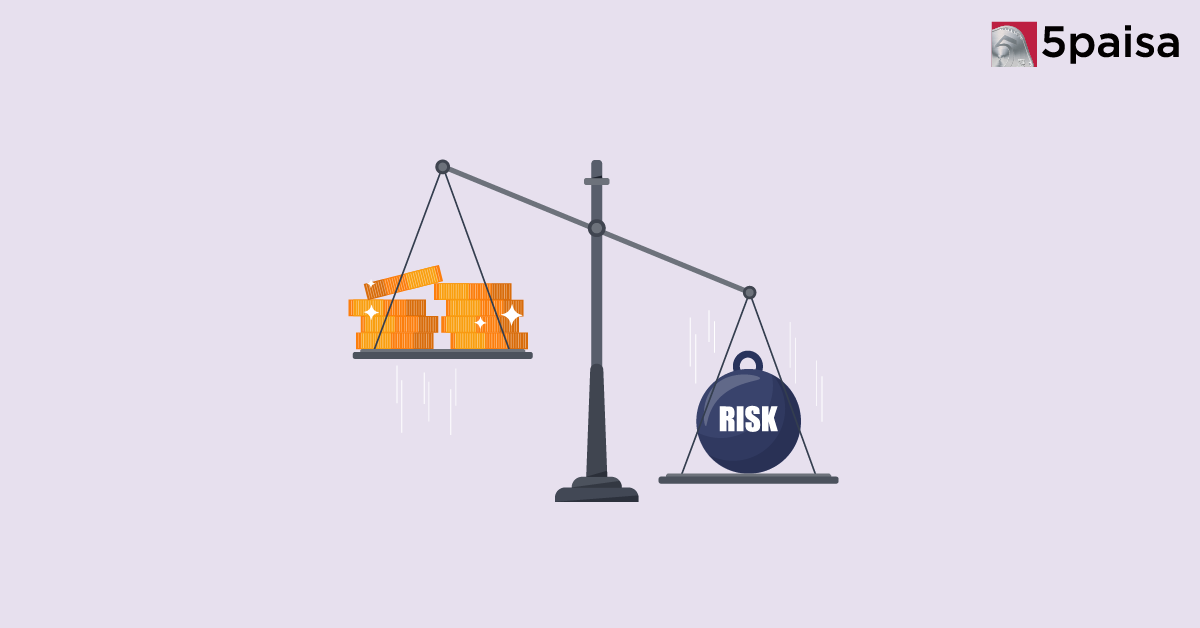MTF vs Pledging: Which Strategy Gives You More Power in the Market?
How to Prepare for the Next Bear Phase in the Stock Market?

The stock market moves in cycles. Like good times don’t last forever, bull markets are often followed by bear phases, where stock prices fall sharply and investor confidence takes a hit. For Indian traders—especially those new to the market—being ready for a bear phase is not just smart, it’s necessary.
This article offers a simple, practical, and factual guide to help you prepare for the next bear market phase in India or anywhere globally. Whether you’re a beginner or have years of trading experience, these steps can help protect your capital and manage risk better.
What is a Bear Market?
A bear market occurs when the stock market declines by 20% or more from its recent highs. It can last for weeks, months, or even years. This happens due to various factors, including high inflation, rising interest rates, Global recession fears, Weak company earnings, War or political unrest, and/or Natural disasters or pandemics.
For example, the 2020 COVID crash and the 2008 global financial crisis were classic bear markets. During such times, panic selling becomes common, and even strong stocks suffer significant losses.
Why You Should Prepare in Advance
Many traders attempt to time the market, believing they can exit just before the decline. But in reality, timing the market is nearly impossible. Being prepared early ensures you don’t lose money to fear-based decisions and can even spot good opportunities during the fall.
Preparation is key to:
- Reducing heavy losses
- Avoiding emotional trading
- Having funds ready for value buying
- Staying invested for the long term
Step-by-Step Guide to Prepare for the Next Bear Phase
1. Revisit Your Portfolio Allocation
Don’t wait for the crash to rebalance your investments. Check your current holdings and ask:
- Am I overexposed to high-risk stocks, such as small caps or penny stocks?
- Have I overlooked safer options, such as bonds or gold?
Move some funds into low-volatility sectors such as FMCG, Healthcare, and Utilities. Increase exposure to debt funds, fixed deposits, or gold ETFs as a cushion.
2. Avoid Excessive Leverage
Trading with borrowed money (leverage) is extremely risky during a bear market. Even a minor fall can wipe out your capital if positions are significant. Reduce or altogether avoid margin trading. If you use leverage, tighten stop-losses, and stick to strict risk management.
3. Build an Emergency Fund
Bear phases often bring job losses, salary cuts, and cash flow problems. Ensure you have an emergency fund to weather tough times without selling your long-term investments. Keep at least 6 months’ worth of living expenses in a savings account, liquid fund, or FD.
4. Continue with SIPs – Don’t Stop Them
Many Indian investors panic and stop their Systematic Investment Plans (SIPs) when the market falls. However, SIPs work best in bear markets due to rupee cost averaging. Stay consistent with your SIPs. You’ll buy more units when the price is low, improving long-term returns.
5. Identify Strong Stocks to Buy on Dips
Bear markets often give golden opportunities to buy fundamentally strong companies at cheap prices. Make a watchlist of blue-chip stocks or quality mutual funds. Look for low debt, strong management, and consistent profits. Don’t rush—buy in phases.
6. Don’t Follow the Herd
Social media is full of advice during market downturns, much of which is unverified or driven by emotion. Stick to your strategy. Avoid jumping in and out of stocks based on WhatsApp tips, Telegram groups, or Twitter panic. Trust only SEBI-registered advisors and verified financial sources.
7. Focus on Learning and Discipline
Bear markets are great teachers. Use this time to sharpen your trading and investing skills. Read books like The Intelligent Investor by Benjamin Graham or follow expert webinars. Learn technical analysis, risk management, and how to read company financials.
8. Diversify Beyond Equity
Don’t keep all your money in stocks. A mix of asset classes protects you from extreme falls in one area. Include: Real estate, Gold, Fixed Income (PPF, Bonds), International exposure (global mutual funds or ETFs). Diversification reduces overall risk and increases long-term portfolio stability.
9. Use Bear Markets for Tax Planning
In India, tax-loss harvesting allows you to sell stocks at a loss to offset your capital gains and reduce your tax liability. Consult with your CA and utilise this strategy leading up to the financial year-end to reduce your tax liability.
10. Maintain Emotional Balance
Fear is natural when markets decline, but reacting emotionally can lead to poor decisions. Take breaks from screens. Talk to a financial planner. Stick to your long-term goals and don’t let temporary drops scare you out of the market.
Final Thoughts
Bear markets are tough, but they’re a part of the market cycle. With the proper preparation, you can not only survive the next bear phase—you can come out stronger and wealthier.
Indian traders should prioritise protecting their capital, building a solid portfolio, avoiding emotional decisions, and investing for the long term.
Remember, historically, no bear market has lasted forever. Prepare today so that you can buy confidently, sleep peacefully, and grow steadily in the future.
- Flat ₹20 Brokerage
- Next-gen Trading
- Advanced Charting
- Actionable Ideas
Trending on 5paisa
02
 5paisa Capital Ltd
5paisa Capital Ltd
03
 5paisa Capital Ltd
5paisa Capital Ltd
Indian Stock Market Related Articles
Disclaimer: Investment in securities market are subject to market risks, read all the related documents carefully before investing. For detailed disclaimer please Click here.





